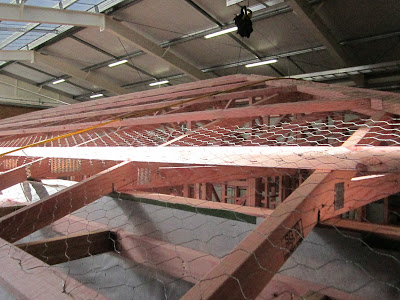5/06/2012.
first we went too the eshed til 8.30am and we waited for the first aid guy too come then after he come we went too the classroom upstairs.
he gave us booklets we done the application first and we rang NZQA up too get NZQA number so the credit we get through the first aid will show up.
what we do to get in our cert:
Intros
Drsabcd
c.p.r
choking
bleeding and shock
fractures
medical emergencies
burns
poisons
then he gave us a quick introduction on what first aid is about, first aid is when someone has collapsed or injured through a crash (accidient) that they are the person too treat them and the person who trys too save their life til the medics get to the scene. what is first aid and whats the purpose of first aid?
first aid is someone that needs to keep the person alive while paramedics are on their to the scene.
the purpose of first aid is to check palse and do cpr to keep the
he showed us how too do cpr, baby cpr, chocking techniques and also baby chocking techniques.
and the steps to do in an accidient are:
steps for cpr:
check for dangers- you
- casualty
- others
check for a response- consciousness
-alert
-voice
-unresponsiveness
send for help-dial 111
-ask someone to call for help
keep airways clear- open
check breathing-yes for breathing,look,listen and feel. recovery position
- no breathing-no....cpr
circulation
steps for burns:
cool-running water for uptoo 20mins.
clear-by removing jewellery, clothing if you can.
cover-when... after its cool.
-why... to stop microbes out, stop it from infection.
-what... glad wrap after its cool.
steps for poisons:
inhale
inject
ingest
absorb
possible signs of poisons:
-drowsy -burns around mouth -rash
-pale skin -fever -unconscious
-seszure -shaky -vomit
-nose bleed - weakness







































